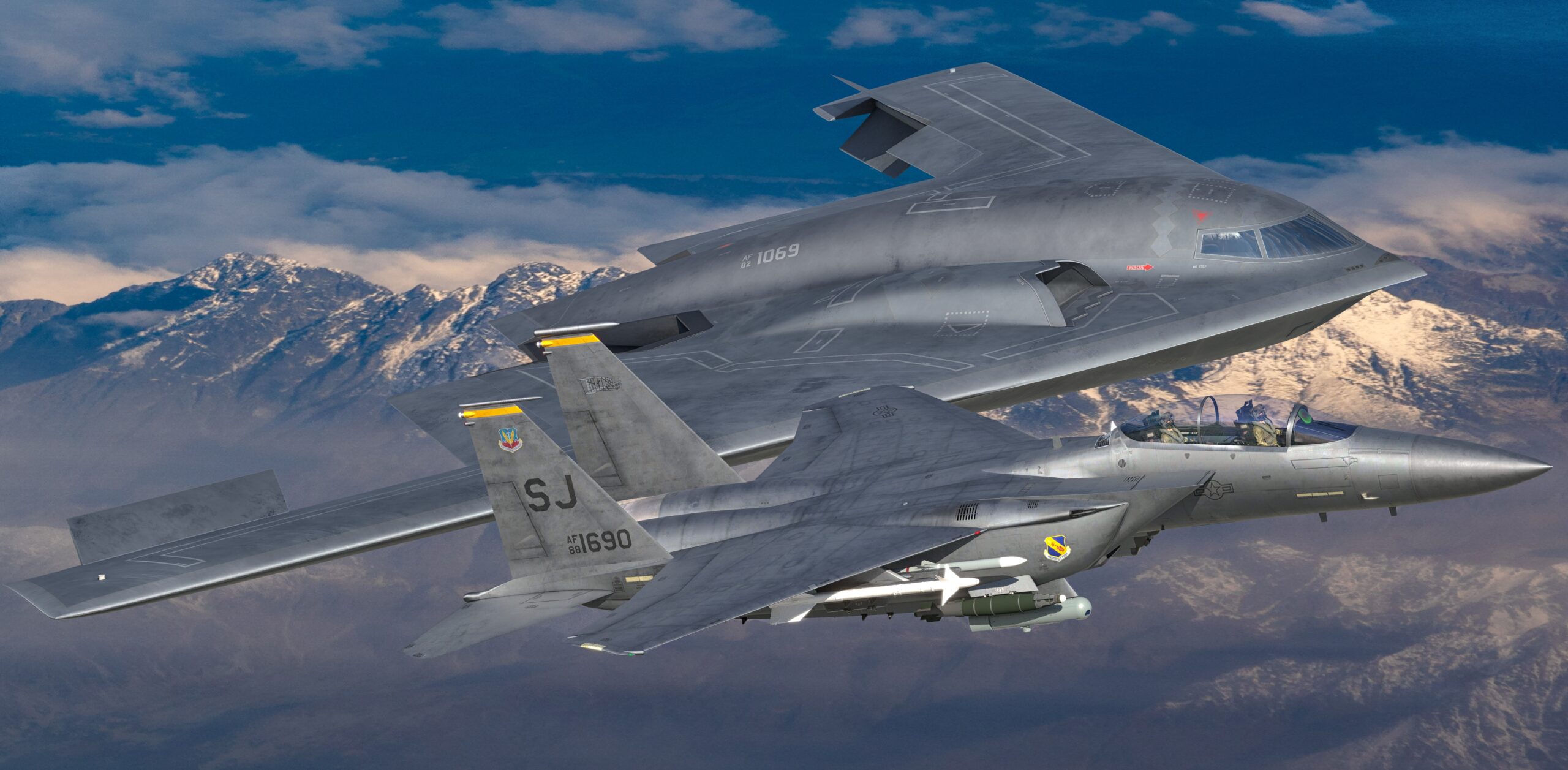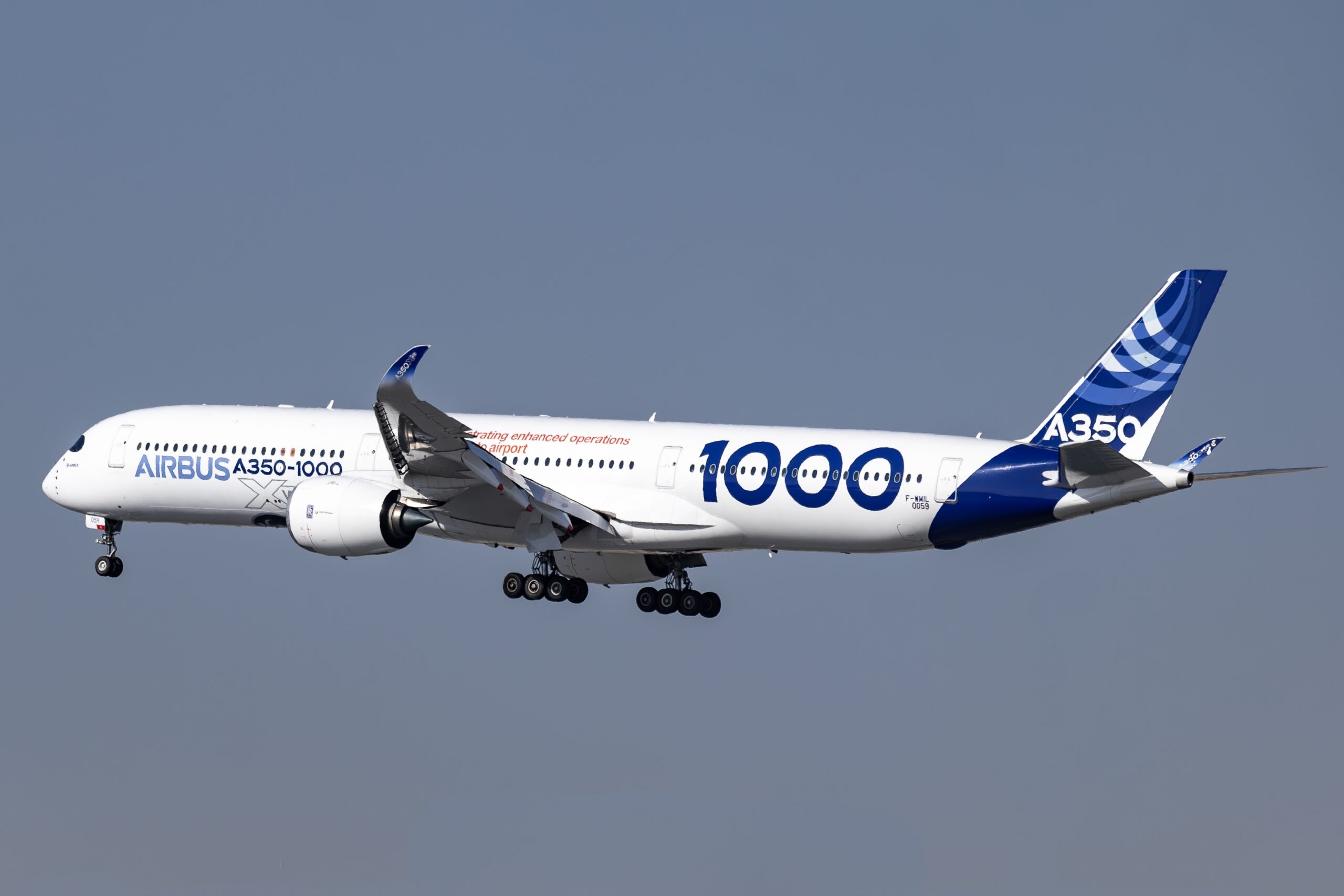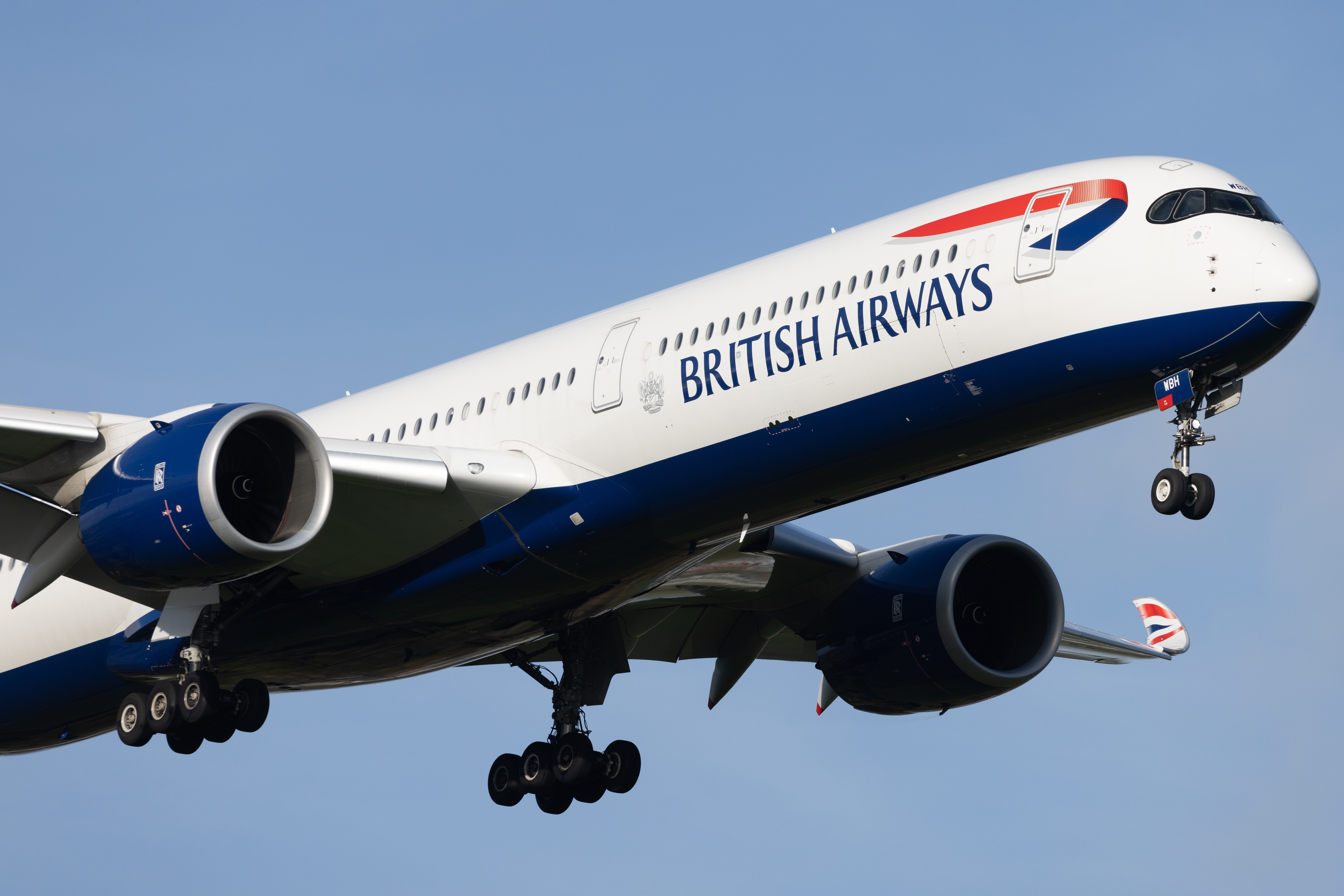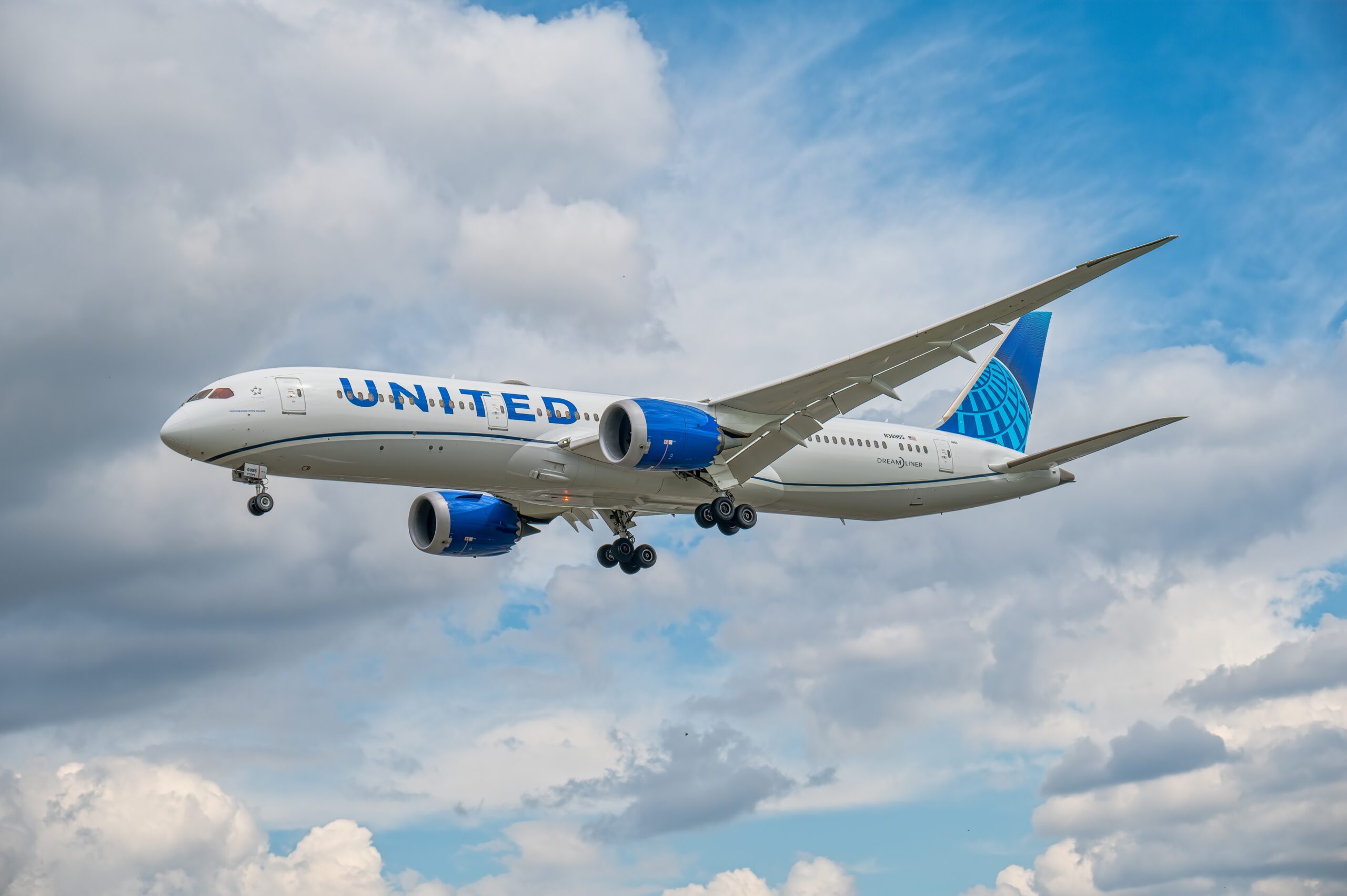Lunken Airport
Lunken Airport
Lunken Airport, located in Cincinnati, Ohio, is one of the oldest municipal airports in the nation. Established in 1925, this airport has a rich history. The airport was originally used for general aviation. Over time, it expanded to support commercial flights and became a key part of the local infrastructure.
Historical Background
The origins of Lunken Airport trace back to the early 1920s. The City of Cincinnati saw the need for a municipal airport. A site near the Little Miami River was chosen for its flat and open landscape. With the help of donations from local businesses and residents, the land was purchased, and development began in 1925.
The airport was named after Eshelby Lunken, a local businessman and aviation enthusiast who played a significant role in its foundation. The airport’s facilities grew rapidly, including the construction of hangars and a terminal building.
Aviation Milestones
In its early years, Lunken Airport was a hub of aviation activity. One of the notable events was the visit of Charles Lindbergh in 1927. After his historic transatlantic flight, Lindbergh embarked on a nationwide tour. His visit brought significant attention to Lunken Airport and the city of Cincinnati.
In the 1930s, Lunken Airport became a base for the newly formed American Airlines. This relationship brought commercial flights to the airport. However, flooding in 1937 caused severe damage to the airport facilities. The airport recovered, but its role in commercial aviation was gradually diminished with the construction of Cincinnati/Northern Kentucky International Airport in 1947.
World War II and Post-War Era
During World War II, Lunken Airport served as a training ground for pilots. The Civilian Pilot Training Program operated at the airport, preparing pilots for military service. The increase in activity during the war years helped to modernize the airport’s infrastructure.
After the war, Lunken Airport transitioned back to general aviation. The focus shifted to serving private pilots, corporate aviation, and flight training schools. The airport’s strategic location near downtown Cincinnati made it an attractive choice for business and recreational flyers.
Modern-Day Lunken Airport
Today, Lunken Airport remains a vital part of Cincinnati’s aviation landscape. The airport covers an area of 1,140 acres and features three runways. Its primary runway, 3R/21L, is 6,101 feet long, supporting various aircraft types.
Lunken Airport supports a range of aviation activities. It is home to numerous flight schools, charter services, and aircraft maintenance facilities. The terminal building, with its vintage Art Deco design, offers a glimpse into the airport’s storied past.
Events and Community Involvement
Lunken Airport is more than just a place for planes to take off and land. It hosts various community events throughout the year. Air shows, open houses, and educational tours bring aviation enthusiasts and the general public to the airport. These events help to foster a connection between the airport and the local community.
The Lunken Airport Days, an annual event, showcases the airport’s role in aviation history. Historic aircraft displays, flight demonstrations, and interactive exhibits attract visitors of all ages. The event provides an opportunity to learn about the past, present, and future of aviation.
Lunken Airport in Popular Culture
Over the years, Lunken Airport has made appearances in popular culture. It has been featured in films, television shows, and books. The airport’s distinctive terminal and historical significance make it a compelling location for storytelling.
In the 1980s movie Rain Man, starring Tom Cruise and Dustin Hoffman, Lunken Airport is depicted as a key location. The film’s scenes at the airport highlight its unique architectural style and add to its cultural legacy.
Environmental Considerations
Lunken Airport’s proximity to the Little Miami River and other natural areas raises concerns about environmental impact. The airport operates with a focus on sustainability. Efforts include responsible land use, noise abatement procedures, and wildlife management programs.
The airport collaborates with environmental groups to ensure its operations do not adversely affect the surrounding ecosystem. Regular assessments and improvements are made to align with best practices in environmental stewardship.
Future Prospects
The future of Lunken Airport looks promising, with plans for further development and modernization. Proposed projects include the expansion of hangar facilities, runway enhancements, and the integration of advanced aviation technologies. These improvements aim to sustain and elevate the airport’s role as a central hub for general and corporate aviation.
Plans also focus on enhancing the visitor experience. Upgrades to the terminal building and public areas will create a welcoming environment for passengers and guests. The goal is to balance growth while preserving the airport’s historical integrity.
Role in Regional Development
Lunken Airport contributes significantly to the regional economy. It supports businesses and creates employment opportunities in aviation and related sectors. The airport is a gateway for business travelers and tourists, facilitating commerce and travel in the region.
Local businesses benefit from the proximity to the airport. Quick and efficient access to air travel supports corporate operations, logistics, and customer service. The airport’s location, just minutes from downtown Cincinnati, enhances its economic impact.
Learning to Fly at Lunken
Lunken Airport is an excellent place for aspiring pilots. Several flight schools operate from the airport, offering pilot training programs. These schools provide instruction for all levels, from beginners to advanced pilots.
The airport’s facilities include classrooms, simulators, and training aircraft. Students receive practical training in a variety of flight scenarios. The comprehensive programs prepare pilots for their careers in aviation.
Supporting General Aviation
General aviation forms the core of Lunken Airport’s operations. The airport hosts a range of services for private pilots. Fueling stations, aircraft maintenance, and storage facilities are readily available.
Pilots can access flight planning resources and weather briefings. The airport’s control tower operates year-round, ensuring safe and efficient flight operations. Lunken also provides tie-downs and hangar space for aircraft parking.
Corporate Aviation Services
Corporate aviation is increasingly important at Lunken Airport. Businesses use private jets for executive travel, offering flexibility and efficiency. The airport supports corporate aviation with dedicated services for business travelers.
Fixed-base operators (FBOs) at the airport provide concierge services, including ground transportation, catering, and aircraft handling. Business travelers experience streamlined operations and tailored support for their needs.
Preserving Aviation Heritage
Lunken Airport is committed to preserving its rich aviation heritage. The terminal building and other historic structures are maintained to reflect their original designs. Artifacts and memorabilia are displayed throughout the airport.
Historical preservation efforts ensure that future generations can appreciate the airport’s legacy. Ongoing restoration projects aim to protect and celebrate the contributions of Lunken Airport to aviation history.
Connecting with Aviation Enthusiasts
Aviation enthusiasts and hobbyists frequent Lunken Airport. The airport supports a vibrant community of aviation fans. Events, clubs, and gatherings offer opportunities to connect with others who share a passion for flying.
The airport features a museum that exhibits historical aircraft and aviation artifacts. Guided tours provide insight into the history and operations of Lunken Airport, engaging visitors in the world of aviation.
Impact of Technological Advancements
Technological advancements continually shape the operations at Lunken Airport. The integration of modern aviation technologies enhances safety and efficiency. Automated weather stations, advanced navigation systems, and improved communication tools support flight operations.
The airport adopts new technologies to streamline services. Online resources for flight planning, reservation systems, and training tools are part of the adaptive strategies ensuring that the airport meets contemporary demands.
Collaborations and Partnerships
Lunken Airport engages in various collaborations and partnerships with industry stakeholders. Working with aircraft manufacturers, aviation organizations, and educational institutions fosters innovation and knowledge sharing.
Partnerships with local schools and universities promote aviation education. Internship programs, research initiatives, and educational outreach help prepare the next generation of aviation professionals.
The airport also collaborates with governmental agencies to ensure compliance with aviation regulations and standards. These relationships strengthen the airport’s operational framework and its role in the broader aviation ecosystem.
Challenges and Adaptations
Lunken Airport faces several challenges, including dealing with regulatory changes, economic fluctuations, and evolving aviation standards. The airport adaptively manages these challenges, focusing on resilience and sustainability.
Regulatory compliance requires constant updates to procedures and infrastructure. Economic challenges can impact funding for projects and operations. The airport’s management ensures proactive planning and resource allocation to handle these variables.
Adapting to evolving aviation standards means continuous improvement. Safety protocols, service quality, and technological upgrades are essential aspects that Lunken Airport addresses consistently.
Visitor Information
Lunken Airport welcomes visitors year-round. The terminal offers amenities including a café and a gift shop. Free parking is available for visitors and passengers. Guided tours are offered, providing an in-depth view of the airport’s operations and history.
Nearby attractions include the adjacent Lunken Playfield, offering recreational opportunities such as golf, tennis, and hiking trails. The proximity to downtown Cincinnati makes the airport accessible for both local and out-of-town guests.
For aviation aficionados, a visit to the Lunken Airport manages to blend education, history, and the excitement of flight, providing a unique experience grounded in the rich legacy of one of the nation’s historical aviation hubs.






